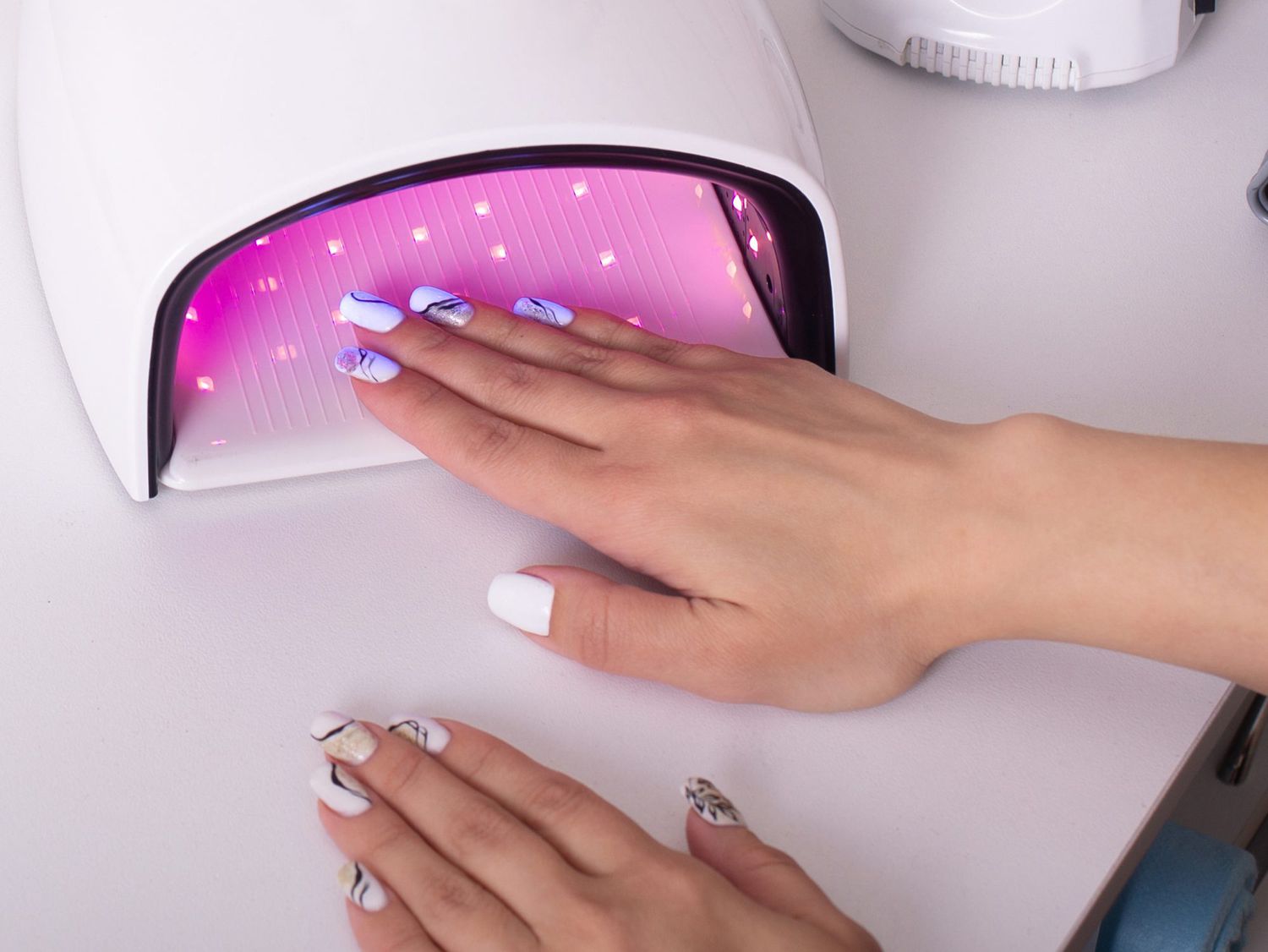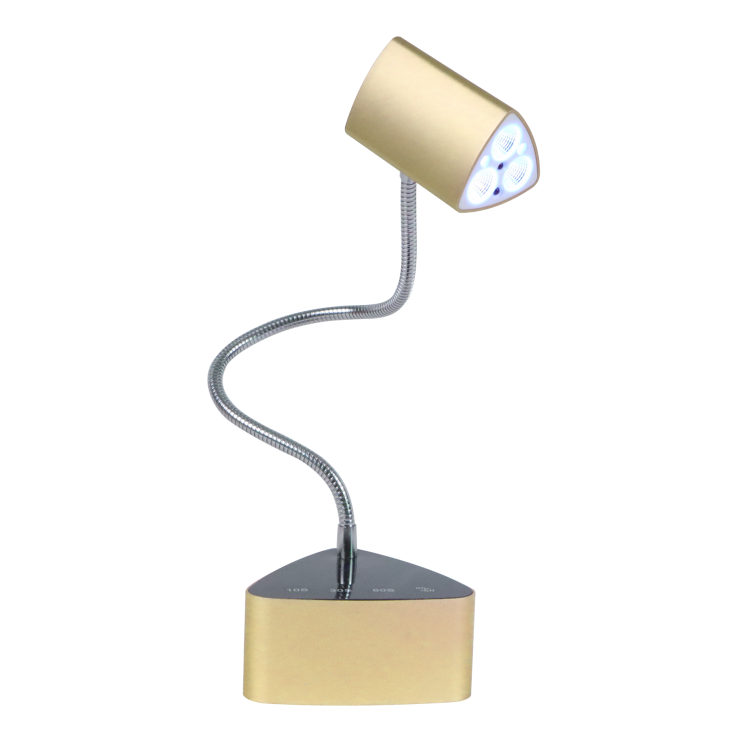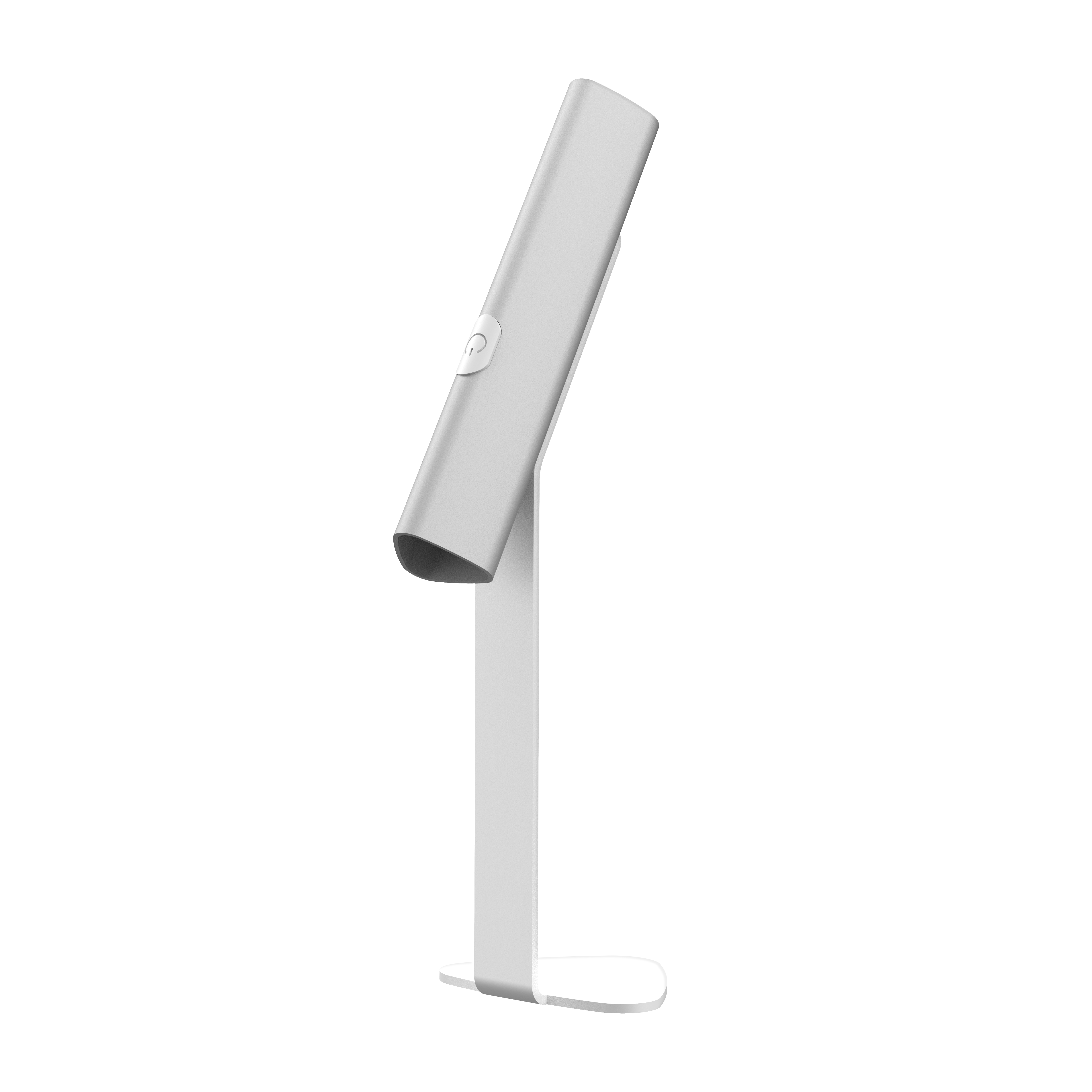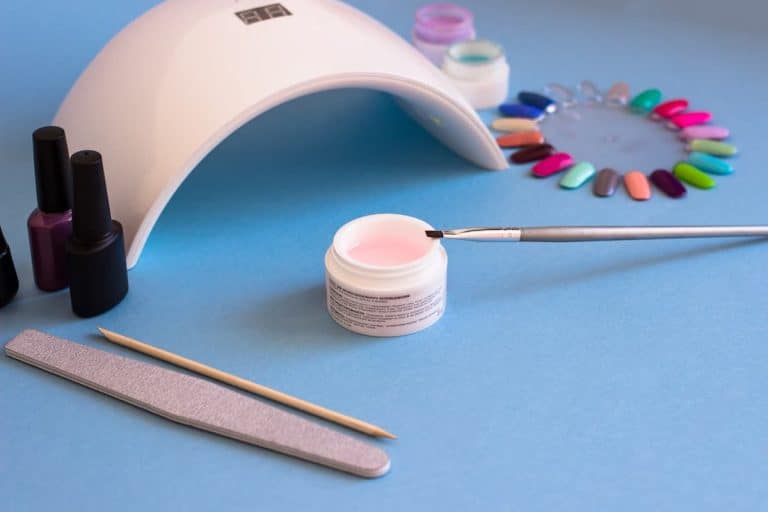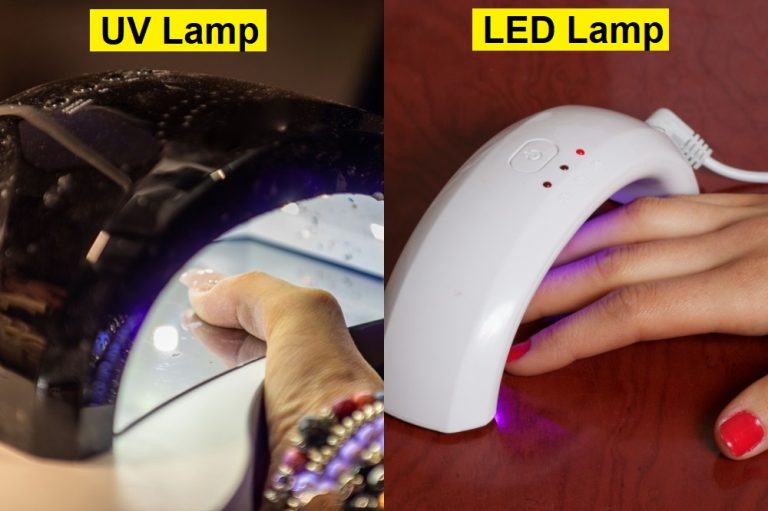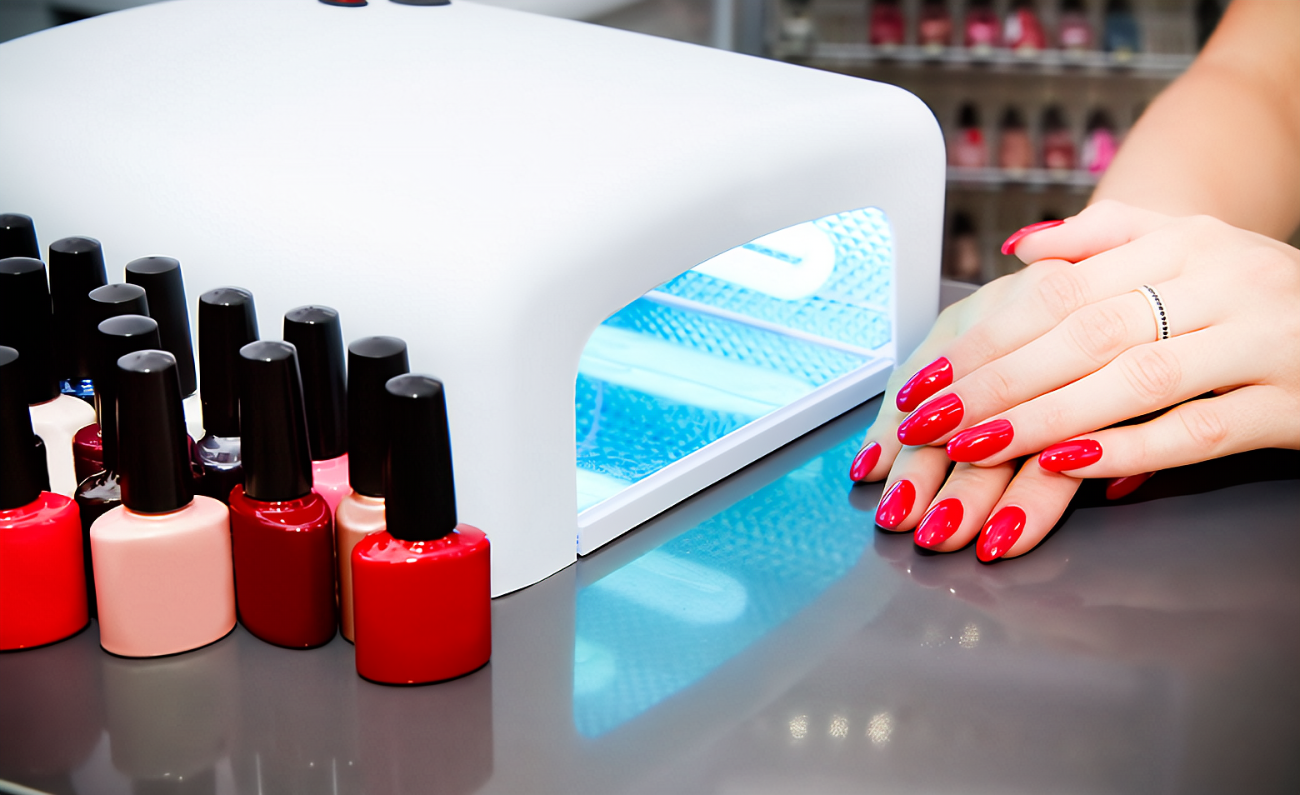Welcome to our comprehensive guide on gel manicures, where we uncover the truth behind their impact on nail health. Gel manicures have become increasingly popular in recent years due to their long-lasting results and stunning finish. However, concerns have been raised about whether they are detrimental to the health of our nails. In this article, we will delve into the facts, separating myth from reality, to answer the burning question: Are gel manicures bad for your nails? We will explore the working principles of gel manicures, their advantages and potential drawbacks, and provide expert insights on maintaining healthy nails while enjoying the beauty of gel polish. So, let’s uncover the truth and empower you to make informed decisions about your nail care routine.
What are Gel Manicures?
Gel manicures have gained immense popularity in the beauty industry in recent years. This type of manicure involves applying a gel-based nail polish to the natural nails or extensions, which is then cured under a UV or LED lamp for a long-lasting and durable finish. Unlike traditional nail polish, gel manicures provide a glossy and chip-resistant coating that can last for weeks without losing its shine.
The gel polish used in gel manicures is formulated with a combination of gel and acrylic ingredients, allowing it to bond tightly to the nail surface, providing enhanced durability and longevity. Gel manicures also offer a wide range of colors, finishes, and effects, making them a versatile choice for those looking to express their personal style.
The popularity of gel manicures can be attributed to their numerous advantages, including their ability to withstand daily wear and tear, their resistance to chipping and smudging, and their ability to maintain a high-gloss shine for an extended period. However, it is important to understand the potential impact of gel manicures on nail health and take necessary precautions to minimize any potential risks.
Working Principles of Gel Manicures
Gel manicures rely on a specific process and utilize specific materials to achieve their long-lasting and durable results. Understanding the working principles of gel manicures can help customers make informed decisions and appreciate the intricacies involved in this popular nail enhancement technique.
- Preparation: Before applying gel polish, the nail technician prepares the nails by removing any existing polish, shaping the nails, and gently buffing the nail surface to create a smooth base.
- Bonding: A thin layer of bonding agent, often called a base coat, is applied to the nails. This base coat helps the gel polish adhere securely to the natural nail or nail extensions.
- Gel Polish Application: The gel polish is carefully applied to the nails in thin layers. Each layer is cured under a UV or LED lamp for a specific period, typically around 30 seconds to 2 minutes, depending on the brand and the lamp used. This curing process helps the gel polish harden and adhere to the nails.
- Additional Layers and Curing: Depending on the desired color intensity and opacity, multiple layers of gel polish may be applied, with each layer cured under the lamp. Each layer adds to the strength and durability of the manicure.
- Top Coat Application: Once the desired color and layers are achieved, a final layer of top coat is applied to seal the gel polish and provide a high-gloss finish. The top coat is cured under the lamp to ensure it sets properly.
- Finishing Touches: After curing, the nail technician cleans off any residue, checks for imperfections, and applies cuticle oil or lotion to moisturize the surrounding skin.
The materials used in gel manicures include gel polishes, base coats, top coats, and UV or LED lamps for curing. It’s important to note that gel manicures should only be performed by trained professionals who follow proper hygiene practices and use quality products to ensure a safe and satisfying experience for customers.
Advantages of Gel Manicures
Gel manicures offer several advantages over traditional nail polish, making them a popular choice among individuals seeking a long-lasting and aesthetically pleasing manicure. Understanding these advantages can help customers make informed decisions when choosing their nail enhancement options.
- Longevity: Gel manicures are known for their exceptional longevity. Unlike traditional nail polish, which can chip or peel within a few days, gel manicures can last for weeks without losing their shine or integrity. This extended wear time is particularly beneficial for individuals with busy lifestyles or those who prefer low-maintenance nail care.
- Chip Resistance: Gel manicures are highly resistant to chipping. The gel polish formula and the curing process create a durable and hard coating that can withstand everyday activities, such as typing, household chores, or manual labor, without easily chipping or flaking off.
- High-Gloss Finish: Gel manicures provide a glossy finish that remains vibrant and shiny throughout the wear period. This high-gloss appearance gives the nails a polished and professional look, enhancing the overall aesthetic appeal.
- Quick Drying: Unlike traditional nail polish that can take a significant amount of time to dry, gel manicures cure rapidly under a UV or LED lamp. This quick drying time allows customers to leave the salon with fully set nails, reducing the risk of smudging or ruining the freshly painted manicure.
- Versatile Colors and Effects: Gel manicures offer a vast array of colors, finishes, and effects to choose from. Whether customers prefer classic shades, trendy hues, or unique nail art designs, gel manicures provide endless options to express individual style and creativity.
- Minimal Maintenance: Once applied, gel manicures require minimal maintenance. Customers can enjoy their manicure without the need for frequent touch-ups or worry about their polish fading or losing its shine. This convenience is especially appealing to individuals with hectic schedules or limited time for regular nail care.
By considering these advantages, customers can determine if gel manicures align with their preferences and lifestyle. However, it’s essential to balance the benefits with proper nail care practices to maintain healthy and strong nails.
Impact of Chemical Ingredients on Nail Health in Gel Manicures
Gel manicures involve the application of specific chemical ingredients to achieve their long-lasting and durable results. While these ingredients contribute to the performance and appearance of gel manicures, it is crucial to understand their potential impact on nail health. By examining these chemical components, customers can make informed decisions about their nail care choices.
- UV/LED Curing: The use of UV or LED lamps for curing gel polish exposes the nails to ultraviolet (UV) light. Prolonged exposure to UV light can potentially cause nail damage, such as yellowing or brittleness. However, advancements in technology and the use of proper protective measures, such as UV-blocking base coats or fingerless gloves, can help mitigate these effects.
- Acrylates and Methacrylates: Gel manicures often contain acrylates and methacrylates, which are responsible for the gel’s ability to harden and adhere to the nails. While these ingredients contribute to the longevity of gel manicures, they can potentially cause nail dehydration and weaken the natural nail structure if not properly maintained and removed.
- Solvents: Gel polish formulations may contain solvents, such as ethyl acetate or isopropyl alcohol, which aid in the application and removal process. Prolonged exposure to these solvents can lead to nail dryness and may strip the natural oils from the nails, resulting in brittle and dehydrated nails.
- Other Chemical Additives: Gel manicures may also include additional chemical additives, such as plasticizers, pigments, or adhesive promoters, to enhance the performance, color, and adhesion of the gel polish. While these additives are generally considered safe when used as directed, individuals with specific sensitivities or allergies may experience adverse reactions.
It’s important to note that the potential impact of these chemical ingredients can vary depending on factors such as the quality of the products used, application techniques, and individual nail health. To minimize any potential risks, customers are encouraged to choose reputable brands, seek professional application and removal services, and prioritize nail care practices that promote hydration and nail strength.
By being aware of the chemical ingredients used in gel manicures and understanding their potential effects, customers can make informed decisions and take appropriate measures to maintain the health and integrity of their nails.
How to Minimize Nail Damage from Gel Manicures
While gel manicures have their potential risks, there are several proactive measures that can be taken to minimize the potential damage to nails. By following these guidelines, customers can enjoy the benefits of gel manicures while prioritizing the health and well-being of their natural nails.
- Use a Quality Base Coat: Apply a high-quality base coat specifically designed for gel manicures before applying the gel polish. A base coat provides a protective barrier between the nails and the gel polish, helping to prevent direct contact and potential damage.
- Choose Reputable Brands: Opt for gel polishes and related products from reputable brands known for their quality and commitment to nail health. Quality products often contain safer ingredients and are formulated to minimize potential adverse effects on nail health.
- Avoid Overexposure to UV Light: Limit the exposure of nails to UV light during gel manicures. Ensure that the UV or LED lamp used for curing is only used for the recommended time specified by the gel polish manufacturer. Consider using UV-blocking gloves or fingerless gloves to protect the skin from excessive UV exposure.
- Practice Proper Nail Care: Maintain overall nail health by following good nail care practices. This includes keeping nails trimmed and filed, avoiding excessive use of nail tools, and regularly moisturizing the nails and cuticles with hydrating products.
- Hydrate Nails and Cuticles: Maintain nail and cuticle hydration by applying cuticle oil or a moisturizing nail treatment regularly. This helps combat the potential dryness caused by gel manicures and promotes overall nail health.
- Seek Professional Removal: It is highly recommended to have gel polish removed by a trained professional to minimize the risk of nail damage. Professional removal techniques, such as gentle soaking and scraping, can help prevent excessive filing or picking that can weaken the nails.
- Take Breaks Between Gel Manicures: Allow the nails to rest and recover between gel manicure applications. Consider scheduling regular breaks where nails are left bare or treated with nail-strengthening products to promote natural nail strength.
By incorporating these practices into their nail care routine, customers can enjoy the benefits of gel manicures while minimizing potential damage to their natural nails. It’s essential to prioritize nail health and seek professional guidance whenever necessary.
Maintenance Tips for Gel Manicures
Proper maintenance is key to extending the lifespan and preserving the beautiful appearance of gel manicures. By following these maintenance tips, customers can enjoy their gel manicures for an extended period while keeping their nails healthy and pristine.
- Apply Nail Protectants: Utilize nail protectant products, such as top coats or gel polish sealants, to shield the gel manicure from external factors that can cause chipping or fading. These products provide an additional layer of protection and help maintain the glossy finish.
- Wear Gloves for Harsh Tasks: When engaging in activities that involve exposure to harsh chemicals or excessive moisture, such as cleaning with strong cleaning agents or gardening, wear protective gloves. This helps prevent the gel polish from being compromised or damaged by chemical exposure.
- Moisturize Cuticles and Nails: Keep the cuticles and nails well-moisturized by regularly applying cuticle oil or a hydrating nail treatment. This helps prevent dryness and keeps the nails and surrounding skin nourished and healthy.
- Avoid Excessive Water Exposure: Prolonged exposure to water, such as soaking the nails for extended periods or frequent submersion in water, can weaken the gel manicure. Protect the manicure by wearing waterproof gloves when washing dishes or engaging in activities that involve prolonged water exposure.
- Be Gentle with Nails: Treat your nails gently to avoid unnecessary stress or trauma. Avoid using nails as tools for opening packages or scratching surfaces, as this can cause the gel polish to chip or peel off.
- Regularly Check for Lifting or Damage: Monitor the condition of your gel manicure regularly. If you notice any lifting, peeling, or damage, schedule a visit to a professional nail technician for proper repair or removal.
- Schedule Professional Maintenance: Visit a professional nail technician regularly for maintenance and touch-ups. They can assess the condition of the gel manicure, fix any minor issues, and ensure it remains in optimal condition.
By following these maintenance techniques, customers can maximize the longevity and appearance of their gel manicures. It’s essential to prioritize nail care and seek professional assistance when needed to ensure the health and beauty of the nails.
Balancing Gel Manicures and Nail Care
While gel manicures can enhance the appearance of nails, it is crucial to maintain a careful balance between aesthetics and nail health. Prioritizing the health and well-being of the natural nails is essential when incorporating gel manicures into your nail care routine. Here are some key points to consider:
- Optimal Application and Removal Techniques: Ensure that gel manicures are applied and removed by a trained professional who follows proper techniques. This helps minimize the risk of damage or trauma to the natural nails during the process.
- Regular Nail Care: Incorporate regular nail care practices into your routine to maintain the health and strength of your natural nails. This includes keeping nails properly trimmed, filing them gently, and moisturizing the nails and cuticles regularly.
- Limit Gel Manicure Frequency: Avoid excessive and continuous use of gel manicures. Take breaks between gel applications to allow your nails to breathe, recover, and strengthen naturally. Overreliance on gel manicures without adequate breaks can potentially weaken the nails over time.
- Hydration and Moisturization: Prioritize nail hydration and moisturization to counteract the potential drying effects of gel manicures. Apply cuticle oil or a nourishing nail treatment regularly to keep the nails and surrounding skin hydrated and healthy.
- Professional Nail Assessments: Schedule regular visits to a professional nail technician who can assess the condition of your natural nails and provide guidance on maintaining their health. They can also recommend appropriate products and treatments to address any nail concerns.
- Educate Yourself: Stay informed about nail care best practices and potential risks associated with gel manicures. Understanding the proper techniques, potential dangers, and necessary precautions empowers you to make informed decisions about your nail care routine.
Remember, it’s essential to strike a balance between achieving beautiful nails through gel manicures and maintaining the overall health and strength of your natural nails. By prioritizing nail health and adopting a holistic approach to nail care, you can enjoy the benefits of gel manicures while safeguarding the long-term well-being of your nails.
Alternative Options: Exploring Other Nail Care Choices
While gel manicures have gained popularity, it’s essential to be aware of alternative nail care choices that can provide beautiful results without the potential risks associated with gel polish. Consider these alternatives when deciding on your nail care routine:
- Regular Nail Polish: Traditional nail polish, also known as regular polish or lacquer, offers a wide range of colors and finishes. It can be easily applied and removed at home without the need for professional assistance. Regular polish provides a temporary manicure that can be changed frequently, allowing for versatility and experimentation with different looks.
- Airbrushing: Airbrushing is a nail art technique that uses a specialized airbrush machine to create intricate designs on the nails. This technique offers endless possibilities for customization and allows for precise and detailed artwork. Airbrushed designs can be applied over natural nails or regular polish, providing a unique and artistic manicure.
- Natural Nails: Embracing the natural beauty of your nails is always an option. Maintaining natural nails involves regular nail care practices such as trimming, filing, and moisturizing. By focusing on nail health, you can achieve strong and healthy nails with a clean and polished appearance. Natural nails can be enhanced with nourishing treatments and regular application of clear or strengthening nail polish.
- Nail Wraps or Stickers: Nail wraps or stickers are adhesive designs that can be applied to the nails for a quick and easy manicure. They come in various patterns, colors, and finishes, allowing for endless creativity. Nail wraps provide a temporary and hassle-free alternative to gel manicures, offering a vibrant and unique look.
- Water-based Nail Polish: Water-based nail polish is a safer alternative for those who are concerned about the potential risks associated with traditional nail polish formulations. These polishes are typically free of harsh chemicals and toxins, making them a gentler option for nail health.
Exploring these alternative nail care choices allows you to find a method that aligns with your preferences and prioritizes the health and well-being of your nails. Remember to consider factors such as convenience, durability, and personal style when making your decision.
Summary and Recommendations for Using Gel Manicures
Gel manicures offer long-lasting and visually appealing results, but it’s important to be aware of the potential risks and take necessary precautions to maintain nail health. Here is a summary of the key points discussed and recommendations for using gel manicures:
- Benefits of Gel Manicures: Gel manicures provide a durable and glossy finish that lasts longer than traditional nail polish. They offer a wide range of colors and designs, allowing for creativity and personal style expression.
- Potential Drawbacks: Gel manicures may cause nail damage, including peeling, brittleness, and dryness, if not applied or removed properly. The use of certain chemicals and the curing process can potentially weaken the natural nails.
- Balancing Aesthetics and Nail Health: Striking a balance between achieving beautiful nails and maintaining their health is crucial. Prioritize nail care practices, such as moisturizing, gentle handling, and regular maintenance, to mitigate potential damage.
- Consider Alternatives: Explore alternative nail care options, such as regular nail polish, airbrushing, or embracing natural nails, to minimize the potential risks associated with gel manicures.
- Practice Proper Application and Removal: Ensure that gel manicures are applied and removed by trained professionals who follow proper techniques. This helps minimize the risk of damage or trauma to the natural nails.
- Protect and Nourish Nails: Utilize nail protectant products, moisturize the nails and cuticles regularly, and avoid prolonged water exposure to maintain nail hydration and prevent dryness.
- Take Breaks: Allow your nails to breathe and recover by taking breaks between gel manicure applications. This helps strengthen the natural nails and reduces the risk of long-term damage.
- Seek Professional Assistance: Schedule regular visits to professional nail technicians for assessments, maintenance, and repairs. They can provide personalized recommendations based on your nail condition and help you make informed decisions about your nail care routine.
By considering these key points and following the recommended best practices, you can enjoy the benefits of gel manicures while minimizing the potential risks. Remember, maintaining nail health is crucial for long-term well-being and beautiful nails.

